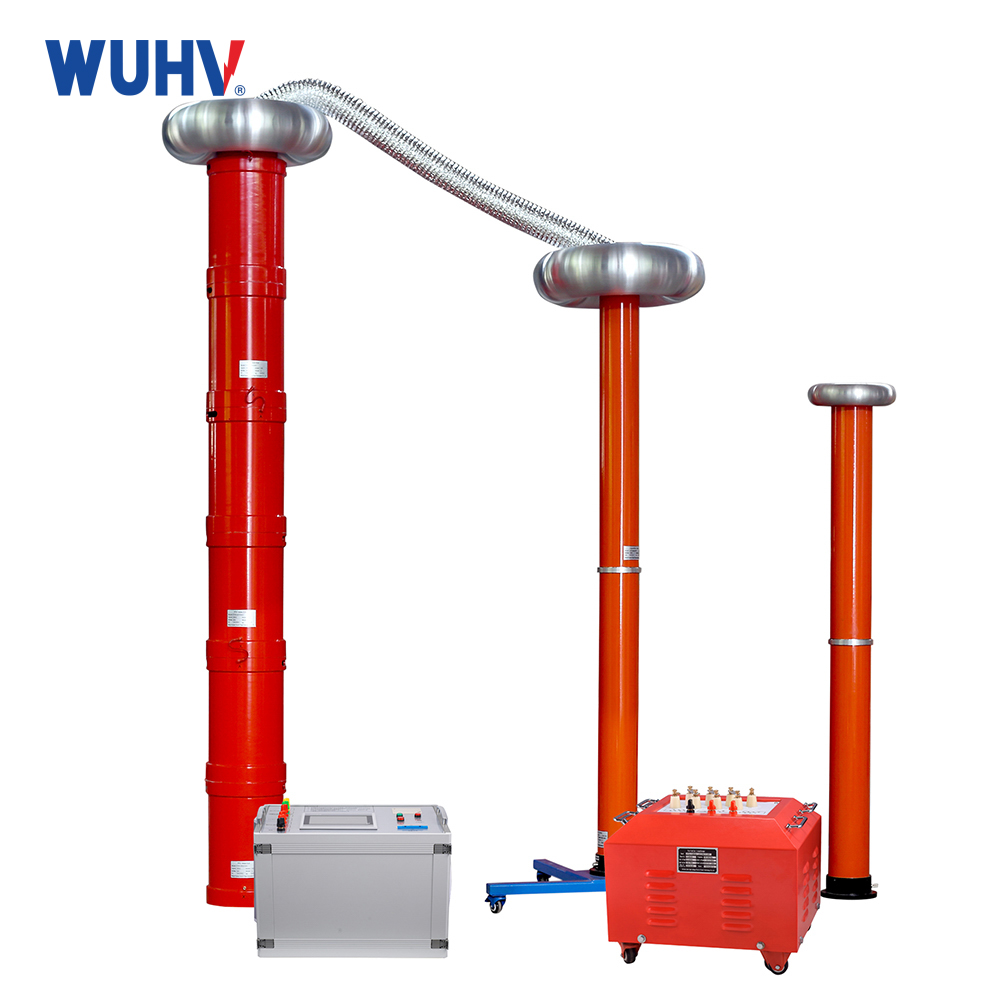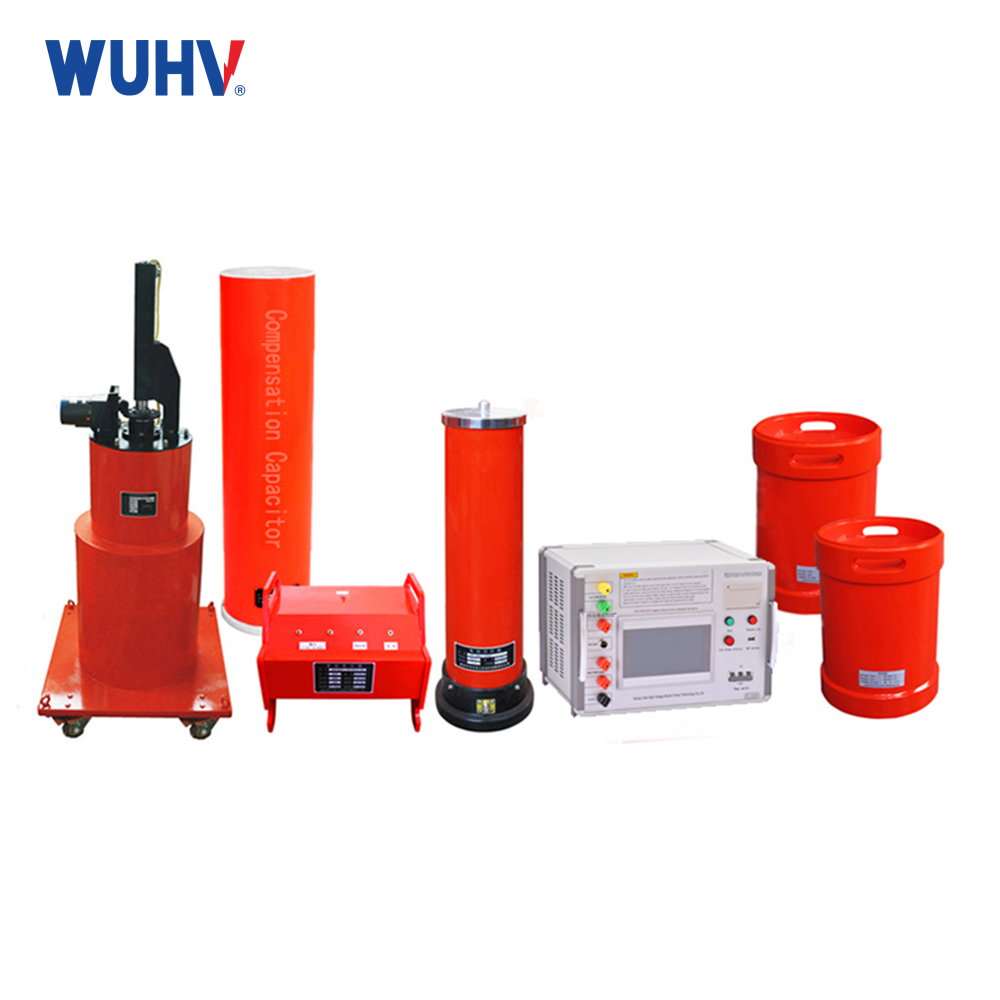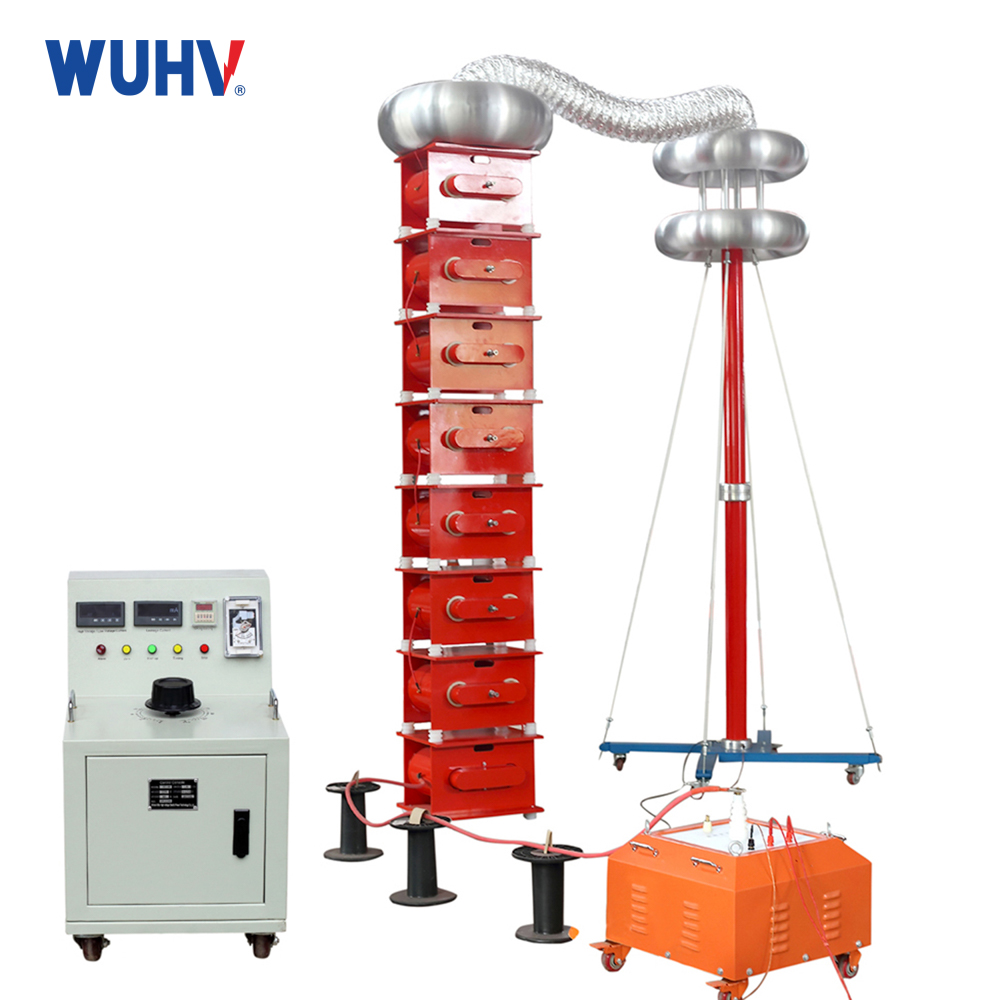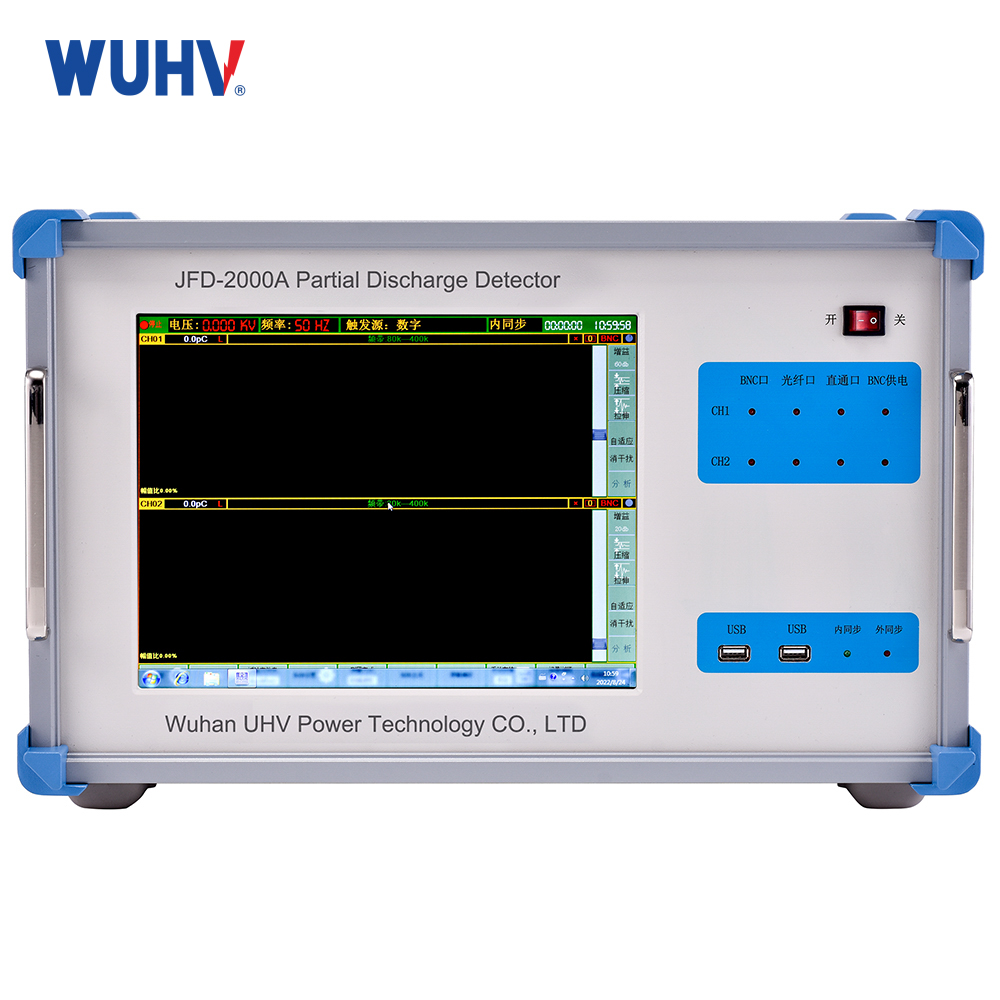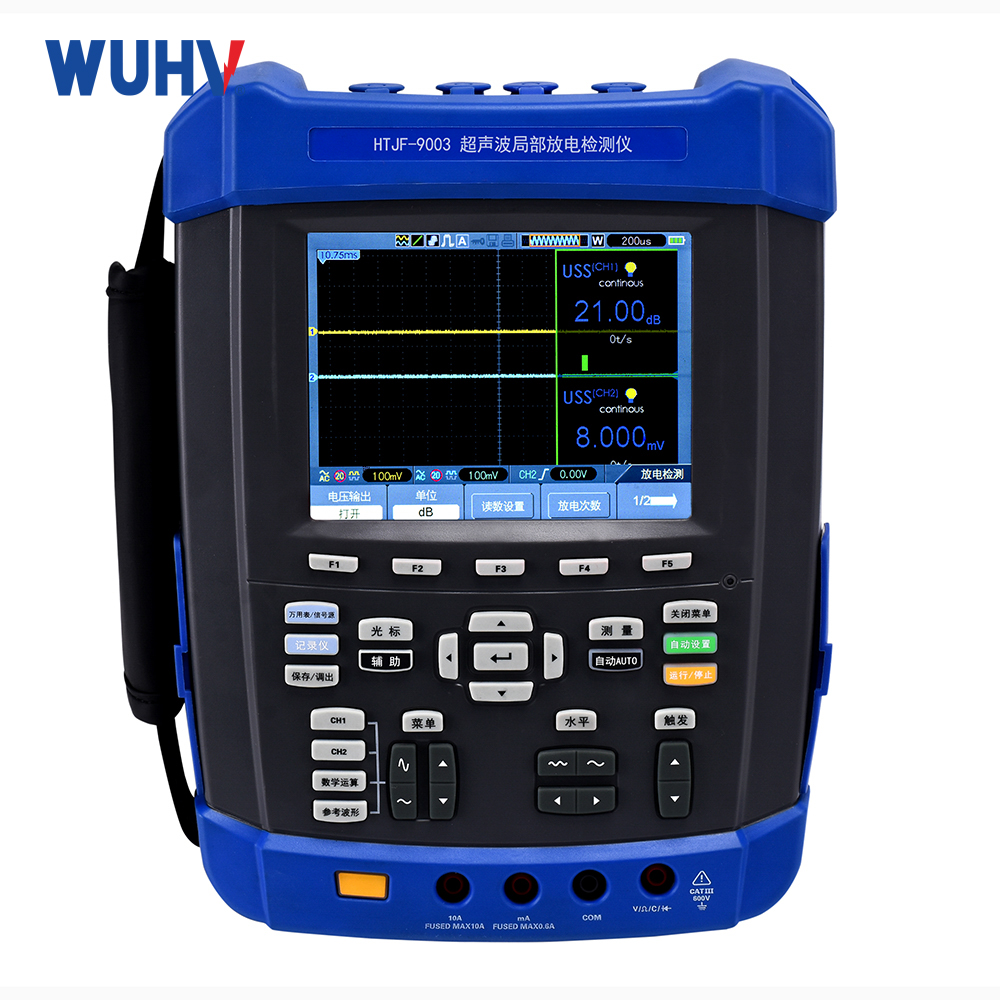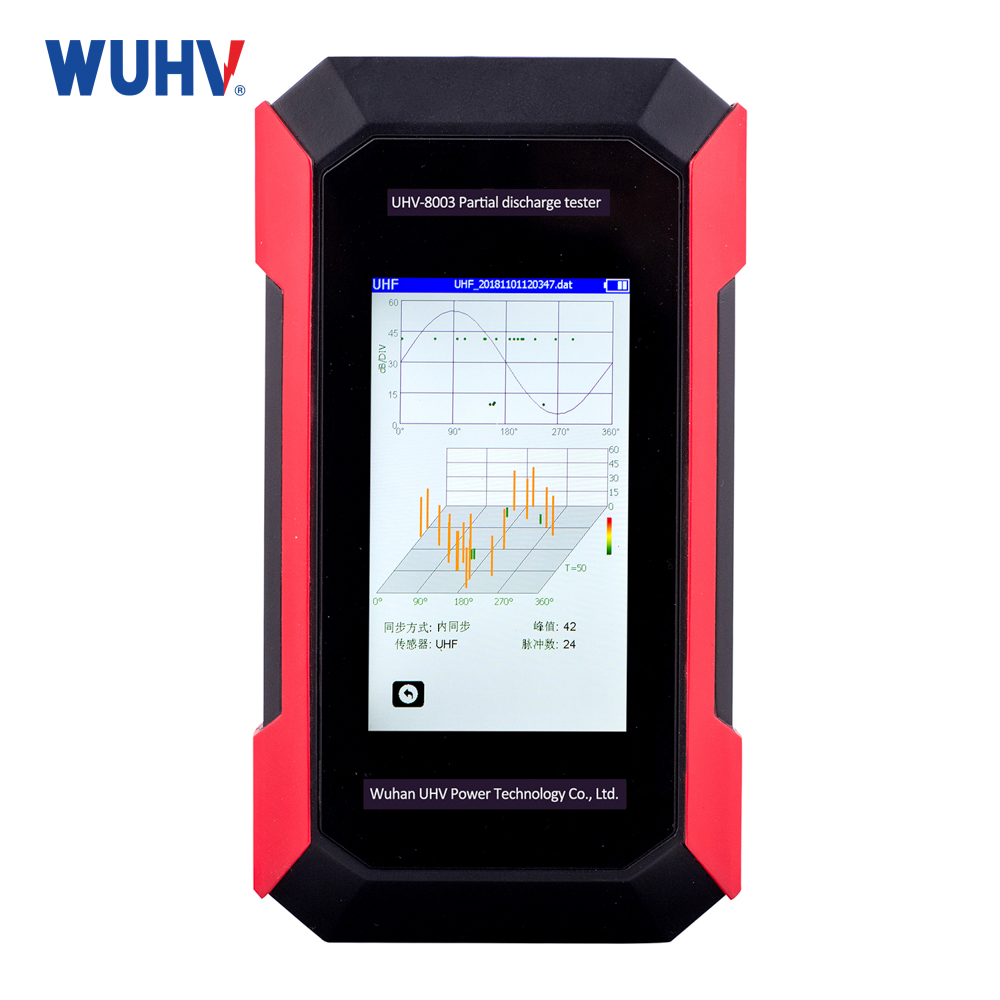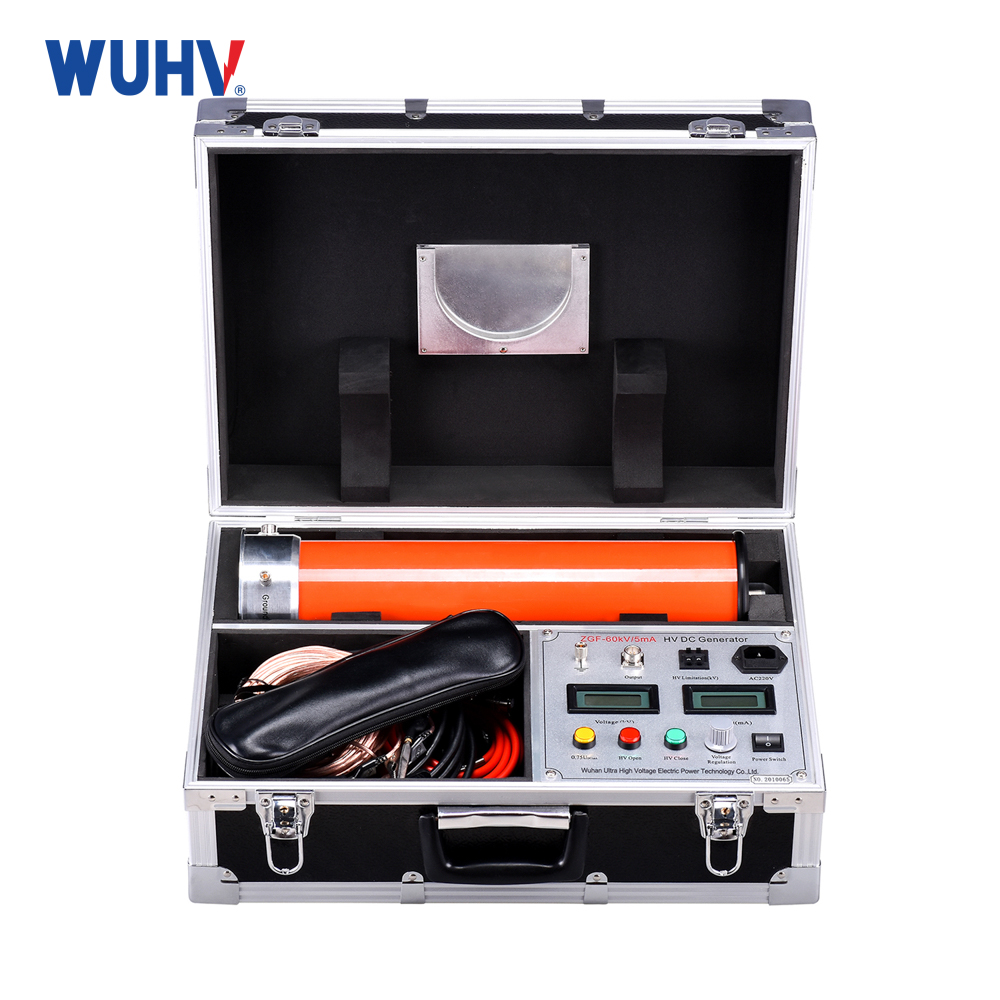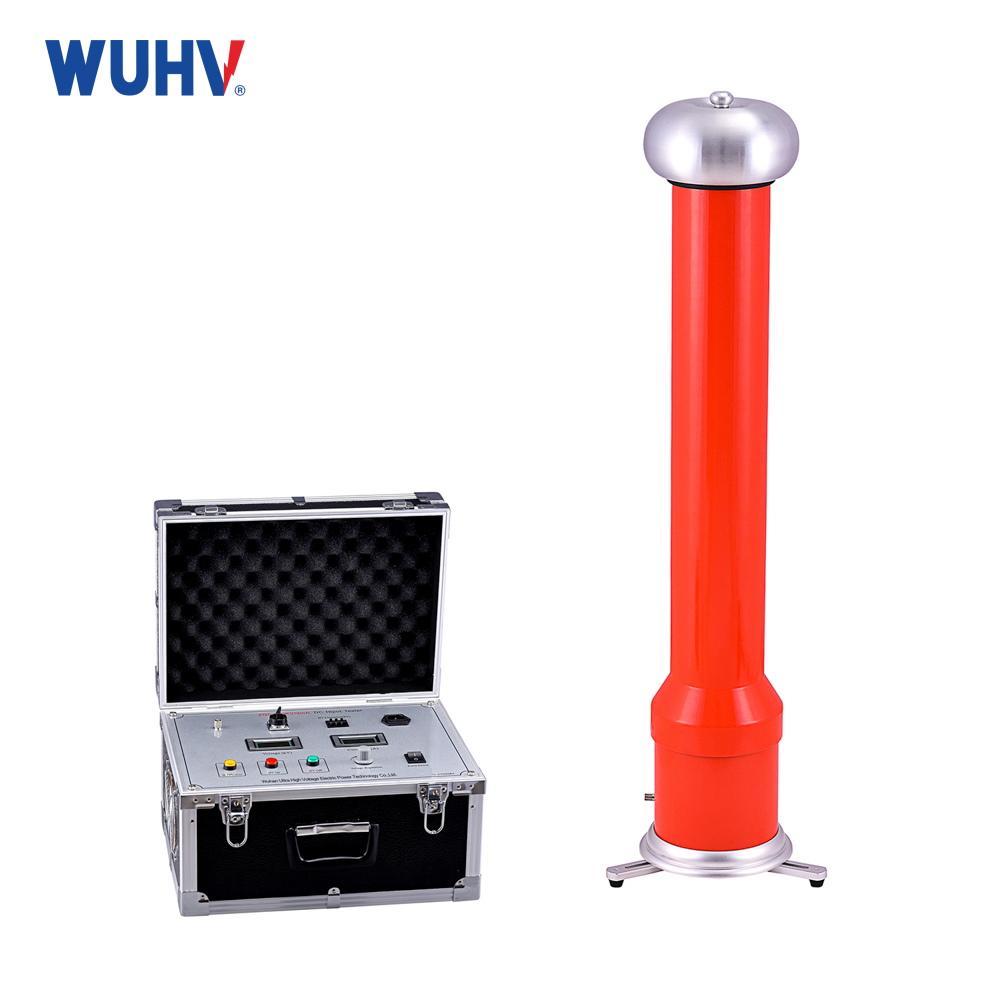1. Introduction
In China's 35kV and 10kV power systems, the neutral point of transformers is often non directly grounded (for small grounding current systems). When a single-phase grounding fault occurs in the line, the value of the fault current is often much smaller than the load current. The fault phase voltage drops to zero, and the non fault phase voltage rises to times the phase voltage. However, the line voltage between the three phases still remains symmetrical and has no impact on the power supply load. Therefore, the regulations allow for continuous operation for 1-2 hours. However, in actual operation, accidents such as power cable explosions, TV fuse melting or even burning, and bus short circuits may occur due to overvoltage. Therefore, quickly determining the system grounding point and eliminating single-phase grounding faults is of great significance for the safe operation of the system. The traditional method of finding grounding fault lines is to sequentially disconnect the circuit breakers of each outgoing line one by one. After the fault line is disconnected, the grounding phase voltage recovers and the grounding signal disappears. Otherwise, continue to search. Although this search method can mostly be remedied by reclosing, with the rapid development of industry, the drawbacks of this method are obvious for some electricity customers with high power supply requirements, especially for 35kV lines with heavy loads. This method no longer meets the requirements of safe and stable power supply. Since its emergence in the 1980s, the small current grounding line selection device has rapidly become popular and undergone several updates. Although its accuracy in line selection has been continuously improved, the line selection effect is not very ideal. According to relevant data statistics, the average line selection accuracy of various models of line selection devices currently in operation online is only 20% to 30%, which has a common problem of high misjudgment rate. Therefore, many devices are installed as mere decorations and cannot be used at all, resulting in waste. The microcomputer integrated automation system has incomparable hardware advantages and processing capabilities for complex software programs compared to traditional line selection devices based on microcontroller principles. How to utilize existing microcomputer integrated automation system resources for accurate line selection is an urgent problem to be solved.
2. Analysis of Zero Sequence Voltage and Zero Sequence Current in Single Phase Grounding of Small Grounding Current System
When there is a single-phase grounding fault, the zero sequence voltage at the fault point is U (·) d0=(U (·) ad+U (·) bd+U (·) cd)/3=- U (·) a, and the zero sequence current of the fault is the capacitive current of the entire system.
The vector diagram is shown in Figure 1: Due to the same equivalent capacitance of overhead lines to ground, based on the vector diagram, the characteristics of zero sequence voltage and zero sequence current can be summarized into the following four points:
① When a single-phase grounding fault occurs (such as phase A), the capacitance C0 of the faulty phase to ground is short circuited;
② The size of non fault line 3I (·) 01 is equal to the grounding capacitance current of this line, and the direction of its capacitive reactive power is from the busbar to the line;
③ The size of fault line 3I (·) 02 is equal to the sum of 3I (·) 01 of all non fault lines, which is the sum of the grounding capacitance currents of all non fault lines; The direction of its capacitive reactive power is from the line to the busbar;
④ If the polarity of the zero sequence current transformer is in the positive direction of the substation bus flowing towards the line, then the zero sequence current of the non fault line leads the zero sequence voltage by 90 °, and the zero sequence current of the fault line lags behind the zero sequence voltage by 90 °. The zero sequence current of the fault line is 180 ° out of phase with the zero sequence current of the non fault line;
3. Specific implementation and criteria for selecting low current grounding lines in integrated automation substations
The Qingzhou power grid currently widely adopts a microcomputer integrated automation system based on the WINDOWSNT (WORKSTATION4.0) operating system. The implementation of its small grounding current line selection function is simple and flexible in hardware configuration, and the software program for line selection is not complicated. When the open delta voltage (zero sequence voltage) of a certain section of the bus voltage transformer exceeds the limit (usually set to 10-20V), it is detected by a common acquisition device and sends a signal to the line selection function main station. After receiving the alarm signal, the function main station calls for the vector of zero sequence voltage and zero sequence current to all the outgoing line protection devices on the section of the bus. Based on the collected vector, the direction of capacitive reactive power at grounding is calculated. At the same time, according to the magnitude of the zero sequence current of each line, the faulty line to grounding is determined. The maximum sensitivity angle of the zero sequence directional element for line selection is 90 degrees. Generally speaking, preliminary identification of grounding lines can be made from the following points:
① If the direction of the substation busbar flowing towards the line outlet is taken as the positive direction, the capacitive reactive power during grounding is Q=Im (U (·) × I (*))=Uy × Ix Ux × Iy>0
② The 3I (·) 0 amplitude of the grounding line is the highest;
③ If there is no special case of forward line grounding, the busbar is judged to be grounded;
4. Obtaining and testing methods for zero sequence current and zero sequence voltage
For current transformers, the three-phase fully star shaped wiring method can use the vector sum of three-phase currents as the zero sequence current. Its advantage is that the wiring is simple and it is not easy to confuse the same named terminals of zero sequence currents. When the current transformer is connected in a two-phase incomplete star configuration and the output port is a high-voltage cable, a separate zero sequence current transformer can be installed, which has the advantage of smaller unbalanced current and more sensitive response in case of faults. In general, in order to obtain a larger fault secondary current characteristic value in the event of a fault, the transformation ratio of the zero sequence current transformer should be selected as small as possible and the accuracy as high as possible. It is best to install a dedicated line type zero sequence current transformer (according to statistics, for a typical 200/5 zero sequence current transformer, when the primary current is less than 5A and the secondary side is loaded with a specified load, the ratio difference can reach 20-40% and the angle error can reach 30-50 degrees). Special attention should be paid to the direction of zero sequence current, which should be positive when the bus flows towards the line. The same terminal of the zero sequence current filter or zero sequence current transformer should be connected to the same terminal of the protection device.
The selection of zero sequence voltage for most microcomputer circuit protection devices is directly obtained by calculating the three-phase voltage at fault using the protection device itself. Some protection devices also require external zero sequence voltage, and attention should be paid to the direction of the zero sequence voltage when applying it. The open delta of the voltage transformer adopts a positive polarity connection, but is connected to the protection device with a reverse connection, that is, the same named end (star terminal) of the open delta of the voltage transformer is connected to N and grounded, and then connected to the same named end 3U0 * of the microcomputer protection device. Connect the non identical terminal (without an asterisk) to L, and at the same time connect the non identical terminal 3U0 of the microcomputer protection device, as shown in Figure 2. Based on the analysis of the characteristics of zero sequence voltage and zero sequence current above, as well as the actual wiring on site, it is necessary to simulate the actual phase of the fault line's zero sequence current and zero sequence voltage during the test. For example, when using the 6108G microcomputer comprehensive tester from Guangdong Angli Company, first apply three-phase balanced positive sequence voltage, then reduce U (·) a to zero, and set 3I (·) 0 to lead U (·) a90 degrees (because the actual phase difference between U (·) 0 and U (·) a is 180 degrees) to test the line selection device. After the equipment is powered on, a certain outgoing line can be selected for actual grounding test on the 10kV system to determine whether the wiring is correct and the operating characteristics of the line selection device. However, for the 35kV system, due to the large grounding current, high voltage level, and high risk, actual grounding test may not be required.
5. Conclusion
The microcomputer integrated automation system has great advantages and advancements in line selection compared to traditional low current grounding line selection devices. However, the high-order harmonics generated when the neutral point is not directly grounded and the overvoltage generated during the fault transition process result in a high error rate of traditional line selection devices. When selecting lines for microcomputer integrated automation systems, three sets of potentially grounded lines are often provided for manual screening and detailed analysis, which will help improve the accuracy of line selection. Qingzhou Power Grid has adopted the line selection function of Beijing Sifang Company's microcomputer integrated automation system in 2 110kV and 6 35kV substations. According to operational statistics, the correct line selection rate is as high as 95.6%, which has improved the economic and social benefits of our power supply department.


